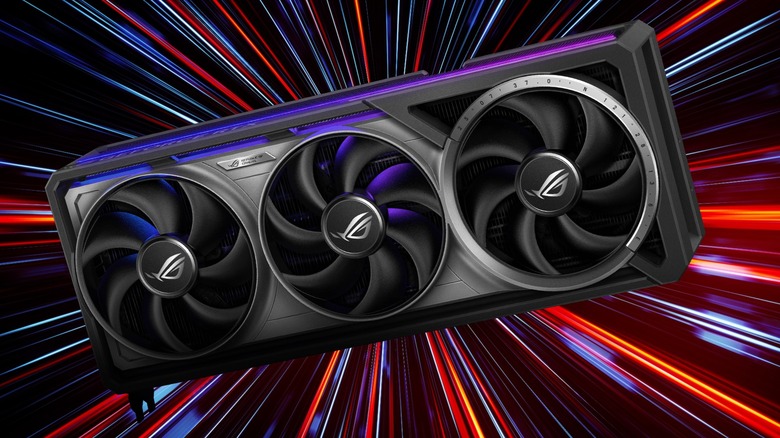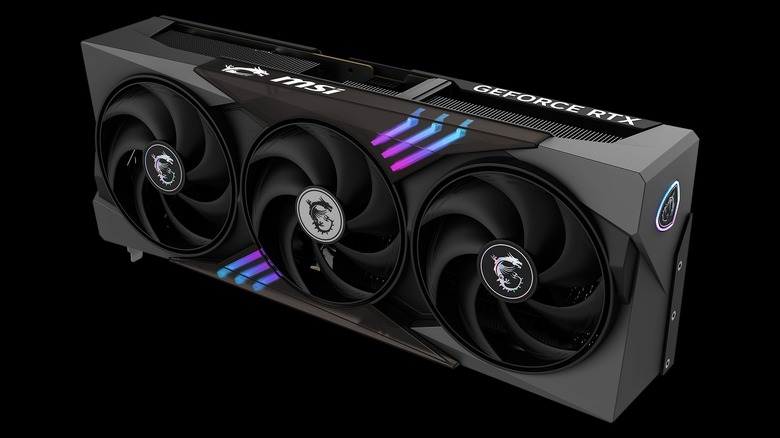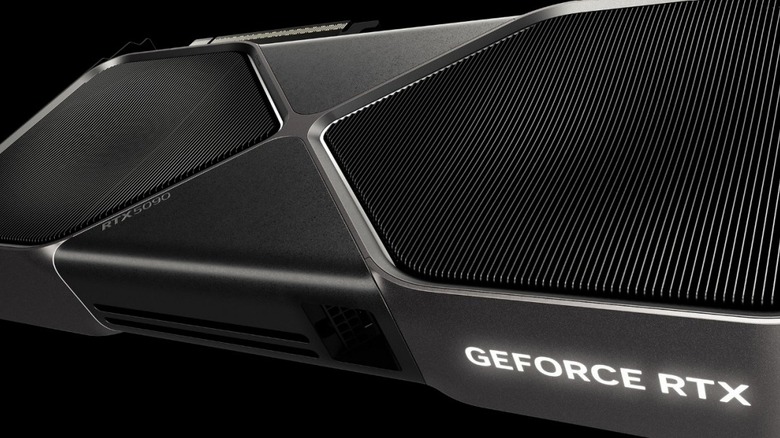Who Makes NVIDIA Graphics Cards & Where Are They Built?
Over the past few years, NVIDIA has skyrocketed to become one of the most valuable companies in the world, and its production has evolved with that change. Its rapid rise was fueled by the ongoing AI craze that has swept across the tech industry. Since AI workloads are best handled by graphics cards, NVIDIA was poised to meet the moment better than any other company on the market. Not only were its GPUs known to be among the best on offer, but they were already focused on adding performance through AI features such as NVIDIA DLSS upscaling. It's a shocking trajectory for a company that was previously known mostly to a niche community of PC gamers.
However, NVIDIA has been in hot water lately, as its GeForce RTX 5000 graphics cards have been painfully hard to get a hold of and riddled with defects like missing Render Output Units (ROPs) and even melting connectors. Shortages abound, with stores unable to keep the highest-end cards in stock, leaving many consumers to wonder who makes the graphics cards and where they're built. The truth is, NVIDIA focuses on design and outsources all hardware production. Making a GPU is a long and complex process involving not only chip manufacturing but also third-party assembly for aspects such as custom circuit boards, cooling solutions, and software. This process takes place at multiple facilities across the globe, so let's dive in to explore who makes NVIDIA's highly sought-after graphics cards and where they're built.
NVIDIA GPUs are mostly made in Taiwan and South Korea
Graphics cards are manufactured in highly specialized, extremely resource-intensive fabrication plants known as foundries (or "fabs" for short). NVIDIA does not have its own fab, and instead sends its chip designs out for manufacturing. The most important company in this is the Taiwan Semiconductor Manufacturing Company (TSMC). TSMC is sometimes referred to as the "silicon shield" because it produces so many of the world's advanced chips; were it to stop operating, the entire tech industry would be stopped in its tracks. It is there that NVIDIA primarily has its GPUs manufactured. Some of NVIDIA's other specialized chips are made in South Korea by companies including Samsung and SK Hynix. But in our globalized economy, these foundries are far from the last stop on a GPU's journey to the end user.
Once the chip itself is forged, the fabricated wafers, each containing numerous GPU dies, are tested and cut into individual chips. They are then sent to add-in board partners (AIBs) such as Asus, Gigabyte, and MSI. These partners are the ones that assemble the finished products, adding video memory, power delivery, and cooling solutions, as well as branding and packaging. This explains why an ASUS version of the RTX 5090 looks and performs differently from an MSI version. Much of the AIB process takes place in China and Taiwan.
The US is NVIDIA's newest manufacturing destination
While chip manufacturing has traditionally taken place in Asia, the U.S. government focused heavily on bringing at least a sliver of that pie back home during the Biden administration. With a recognition that American tech companies' reliance on TSMC could threaten their long-term stability, actions such as the CHIPS Act directed strategic funding and resources toward establishing American semiconductor manufacturing. Despite denouncing the CHIPS Act, President Trump has also signaled a focus on domestic manufacturing that falls largely in line with it.
Those efforts are beginning to bear fruit. In April 2025, NVIDIA moved some of its GPU manufacturing to a new TSMC plant in Phoenix, Arizona. Some testing and packaging is also being done within the state. NVIDIA intends to continue American expansion, with plans for two supercomputer manufacturing plants in Texas — one with Foxconn in Houston and another with Wistron in Dallas. It would seem that the Arizona plant is making high-end AI chips meant for building and training models, not chips bound for consumer GPUs, although NVIDIA did not detail which Blackwell chips are being fabricated there. That may come as a disappointment to anyone hoping to see prices fall and inventory rise on the overpriced and scarce GeForce RTX 5000 series of graphics cards. Apple also plans to buy chips from TSMC's Arizona plant, and other companies are sure to follow if chip yields hold.


